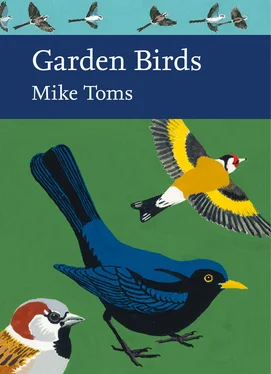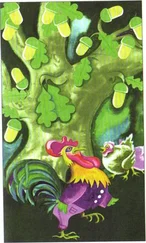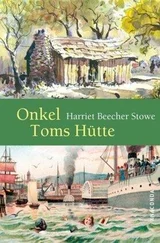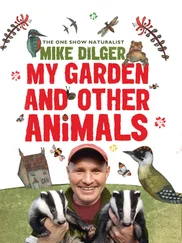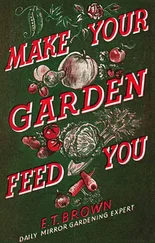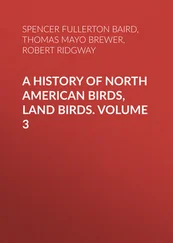The importance of antioxidants, like vitamin E, can also be seen from Plummer’s work on yolk mass, mentioned earlier. While Plummer et al. (2013) found that winter provisioning with fat subsequently impaired an individual’s ability to acquire, assimilate and/or mobilise key resources for yolk formation, this was not the case where vitamin E was also included in the food presented. A high-fat diet, such as that potentially obtained from the food provided at garden feeding stations, may well increase the requirement for antioxidants in order to combat the greater levels of oxidative damage associated with a diet rich in fats.
FOOD PROVISION, POPULATION SIZE AND COMMUNITY STRUCTURE
Plummer’s work shows that the effects of food provision can potentially pass from one generation to the next, and alter the composition of breeding populations in subsequent seasons, but what about its impact at a wider community level? Work carried out in the Netherlands has revealed how the provision of supplementary food can lead to an increase in local population size, and how the scale of the effect can change in relation to the availability of wider food resources (van Balen, 1980). Research by van Balen monitored two populations of Great Tits, breeding in similar woodlands just 7 km apart; before introducing a regime of winter feeding, the two populations were similar and had been fluctuating more or less in parallel over several years. Following the introduction of feeding, the number of breeding pairs in the fed woodland increased to become 40 per cent higher than that in the unfed woodland. Not only this, but the scale of the difference varied according to the size of the beechmast crop; in poor beechmast years, the fed population was almost double that of the unfed population the following breeding season; following years with a good mast crop, there was little difference between the numbers of Great Tits breeding in the two woods. A similar finding was noted by Källander (1981), working in Sweden, whose first year of study (1969–70) coincided with a particularly severe winter. Despite this, Great Tits in a wood provisioned with sunflower seeds increased in number, while those in an unfed wood declined. The following year, in which there was a good crop of beechmast, saw populations in both woods increase.
If the provision of food at garden feeding stations leads to an increase in the numbers of birds locally, then we might expect to see a relationship between feeder density and bird numbers across individual towns and cities. There is some evidence of this from the work carried out in Sheffield (Fuller et al., 2008; 2012), with the density of three of the seven urban-adapted species studied shown to be positively related to the density of bird feeders. House Sparrow showed the strongest pattern, with 57 per cent of the variation in House Sparrow densities explained by the density of bird feeders; the other two species were Blackbird and Starling. Interestingly, given the frequency with which Blue Tits and Great Tits are seen at garden feeding stations, it was surprising that they did not show such a relationship, yet Blackbird did.
Some of the strongest evidence for community-level effects comes from work carried out in New Zealand, where most of the native bird species able to persist within urban areas are either predominantly insectivorous (e.g. Grey Warbler Geryone cigata), frugivorous (e.g. New Zealand Pigeon Hemiphaga novaeseelandiae) or nectarivorous (e.g. Tūī Prosthemadera novaeseelandiae). In contrast, many of the introduced species are either granviorous (e.g. House Sparrow and Spotted Dove) or adaptable enough to take bird table fare. Much of the food provided at garden feeding stations in New Zealand would appear to favour the introduced species, something confirmed by Galbraith et al. (2015) through a feeding experiment. The introduction of feeding altered the community structure, with significant increases seen in the abundance of House Sparrow and Spotted Dove, and to a lesser degree in Starling and Song Thrush. The introduction of feeding was also shown to have a negative effect on the abundance of the native Grey Warbler. Once the feeding experiment ended, virtually all of the observed changes in community structure disappeared. Observational work on these birds (Galbraith et al., 2017b) revealed that House Sparrow and Spotted Dove dominated the feeding stations.
Supplementary feeding in the Sydney area, Australia, together with the establishment of both native and non-native fruiting shrubs in gardens, is thought to have been a significant factor in the major changes seen over the past 100 years in the diversity and abundance of parrots (Burgin & Saunders, 2007). The provision of food at garden feeding stations is thought to have aided colonisation and range expansion of the Collared Dove within the UK. Within North America, the northwards range expansions of House Finch, Tufted Titmouse Baeolophus bicolor and Northern Cardinal have also been attributed to the food available at garden feeding stations during the winter months.
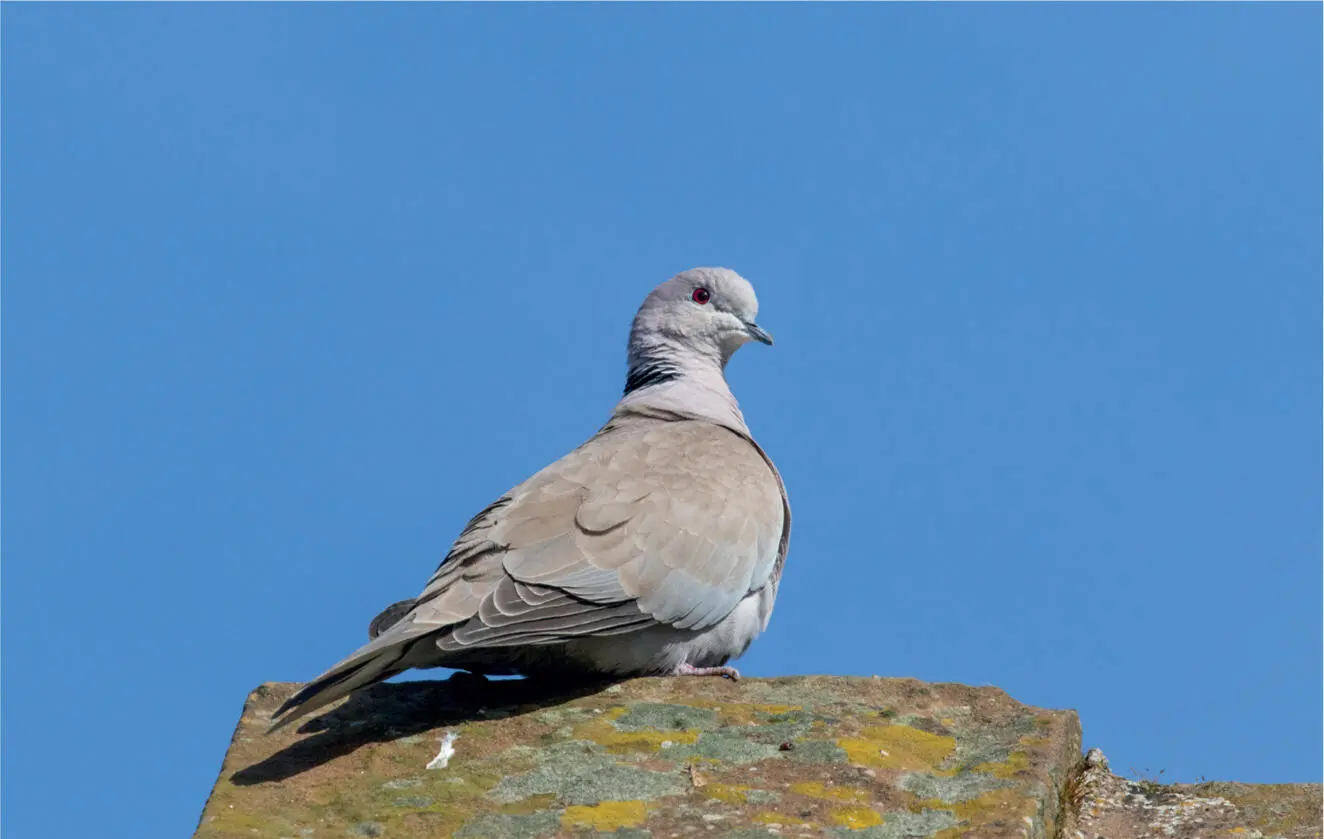
FIG 39. The presence of garden feeding stations is thought to have aided the successful colonisation of the UK by Collared Doves. (John Harding)
INFLUENCE OF SUPPLEMENTARY FOOD ON NEST PREDATION
We have already seen how the provision of supplementary food can alter the timing of breeding and community structure. A special case of the latter relates to the ways in which the provision of supplementary foods can influence relationships between predators and their prey. This is of particular relevance when discussing urban and suburban gardens because anthropogenic foods have become a defining characteristic of urbanised landscapes (Warren et al., 2006). The nature of interactions between breeding birds and their predators may be especially influenced by the provision of such supplementary foods because both songbirds and their generalist predators readily exploit these resources, something that can lead to them occupying the same urban sites. BTO work, in the form of a meta-analysis led by Dan Chamberlain, failed to reveal any strong underlying pattern to the effects of urbanisation – and the associated anthropogenic food sources – on the relationship between predators and levels of nest predation (Chamberlain et al., 2009a), but there have been some useful field experiments on the subject.
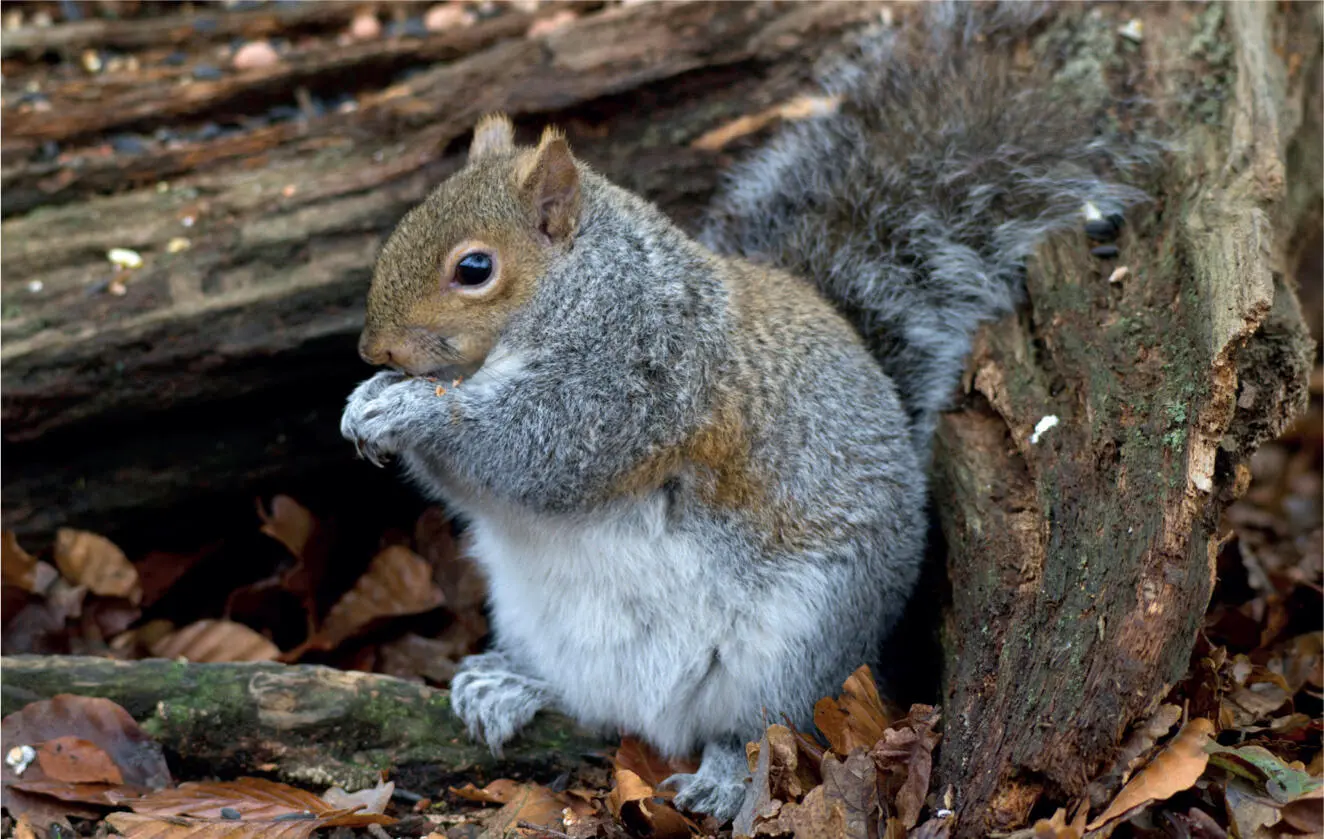
FIG 40. There is little evidence that the presence of bird feeders and their use by Grey Squirrels leads to increased levels of nest predation in the local area, but such an effect has been seen for other predators. (John Harding)
Supplementary food may reduce levels of nest predation by providing an alternative food supply for would-be nest predators; alternatively, it may increase levels of nest predation by attracting predators or elevating their population densities. Jennifer Malpass and her colleagues investigated how the presence of bird feeders affected predator abundance and nest survival of American Robin Turdus migratorius and Northern Cardinal across seven neighbourhoods in Ohio, US (Malpass et al., 2017). Malpass found that the relative abundance of both Brown-headed Cowbird and American Crow Corvus brachyrhynchos – known nest predators of the two study species – was positively associated with the number of bird feeders present within a neighbourhood. No similar relationship was found for the other nest predators studied, which included Grey Squirrel Sciurus carolinensis, Blue Jay Cyanocitta cristata and Common Grackle Quiscalus quiscula. While the relative abundance of American Crow and Brown-headed Cowbird was greater in areas with bird feeders, there was no consistent relationship between the numbers of bird feeders and predation of the songbird nests.
Читать дальше
